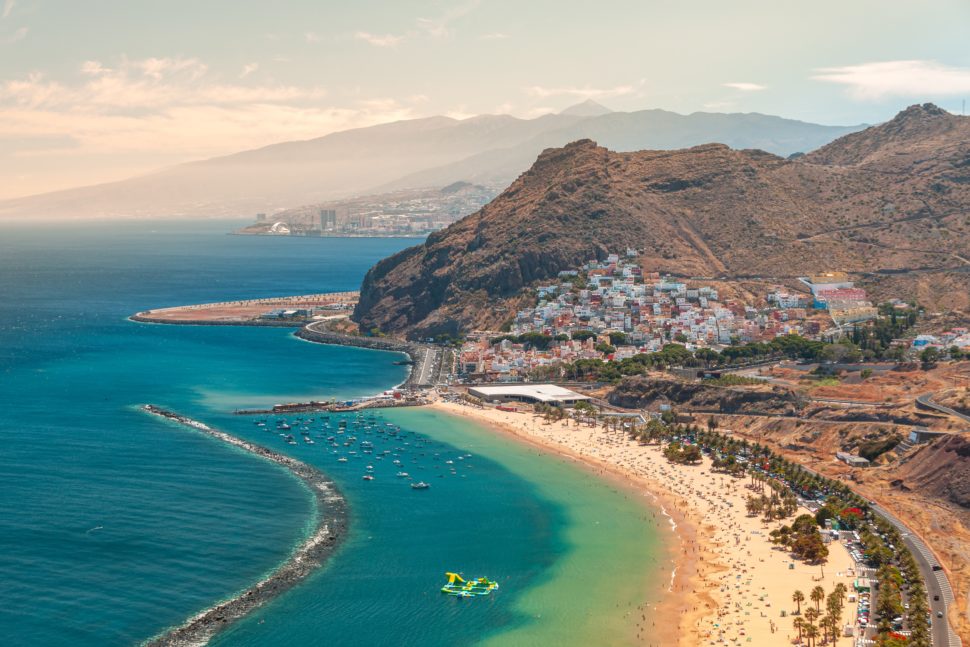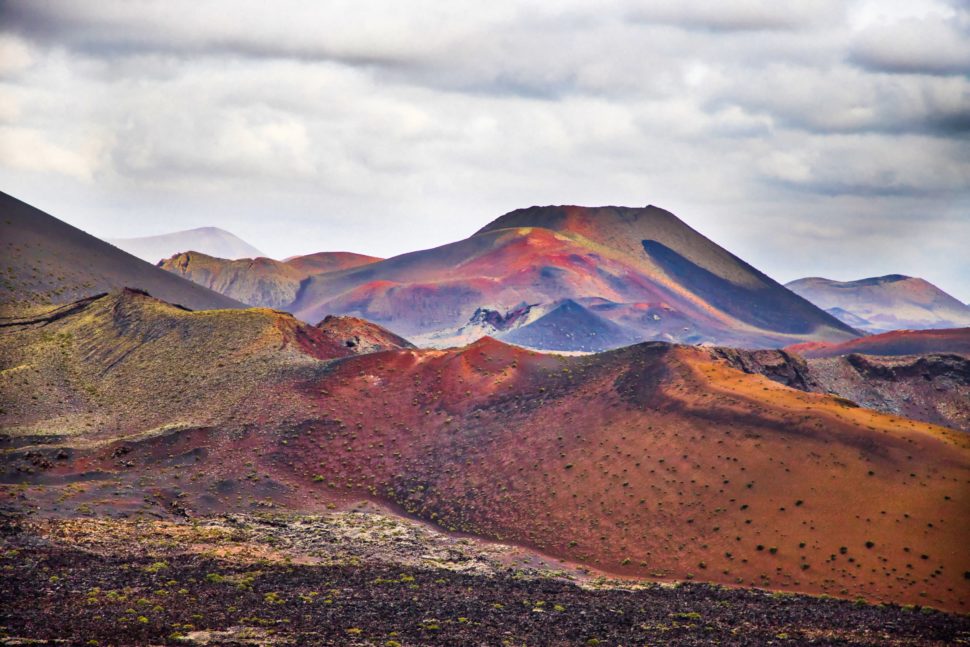The Canary Islands are a Spanish archipelago off the coast of northwestern Africa. The seven magnificent islands are known for their white and black sand beaches and rugged volcanic backdrops. If you are looking for a relaxing, tropical vacation, here are a few reasons to add the Canary Islands to your list of options.
RELATED: Not Just A Party: Where To Stay, Eat, And Play In Ibiza, Spain

The Weather Is Nearly Perfect
Due to the islands’ proximity to the African coast, the climate is nearly perfect all year-round. Some may even say, it has the best climate in the world, causing tourists to visit any month out of the year for a tropical getaway.
The Diversity Of The Islands
The Canary Islands consist of seven islands: Gran Canaria, Lanzarote and Tenerife are the largest and Fuerteventura, El Hierro, La Gomerra and La Palma are the smaller ones. Each island offers something a little different for visitors. From the perfect surfing waves of Tenerife to the rugged landscape of Lanzarote, you can pick your views and adventures to suit your needs.

The Beaches Are Breathtaking
The main reason people travel to the Canary Islands is for the stunning beaches. The islands offer relaxing, beachfront resorts as well as some of the best snorkeling in the Atlantic. The iconic white and black sand beaches that fill the coastline are always in season.
The Affordability
It certainly isn’t the cheapest vacation option, but the Canary Islands are more affordable than rivals Ibiza and the South of France during the high season. Check out prices during the typical low season for affordable fares and lower hotel prices that make staying a full week an option.
RELATED: 7 Tapas You Must Try While You’re In Spain

The Timanfaya National Park
The Timanfaya National Park is located on the island of Lanzarote and is entirely made up of volcanic soil. The volcanic landscape covers a quarter of the island and the island’s dry climate means the views haven’t changed much since 1736 when the landscape was created over six years of near-continuous volcanic eruptions.
